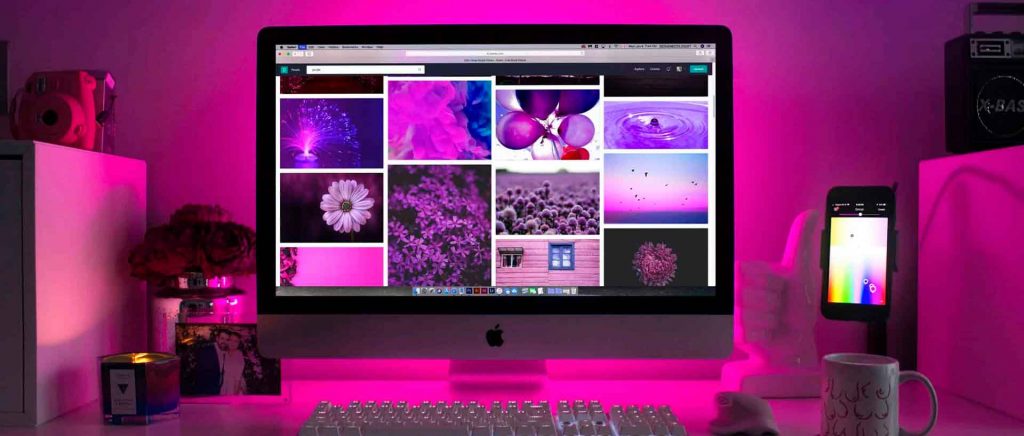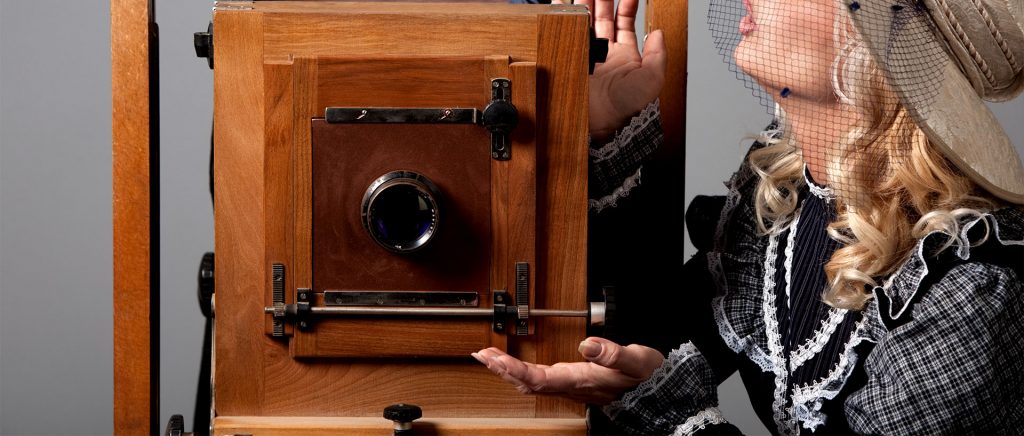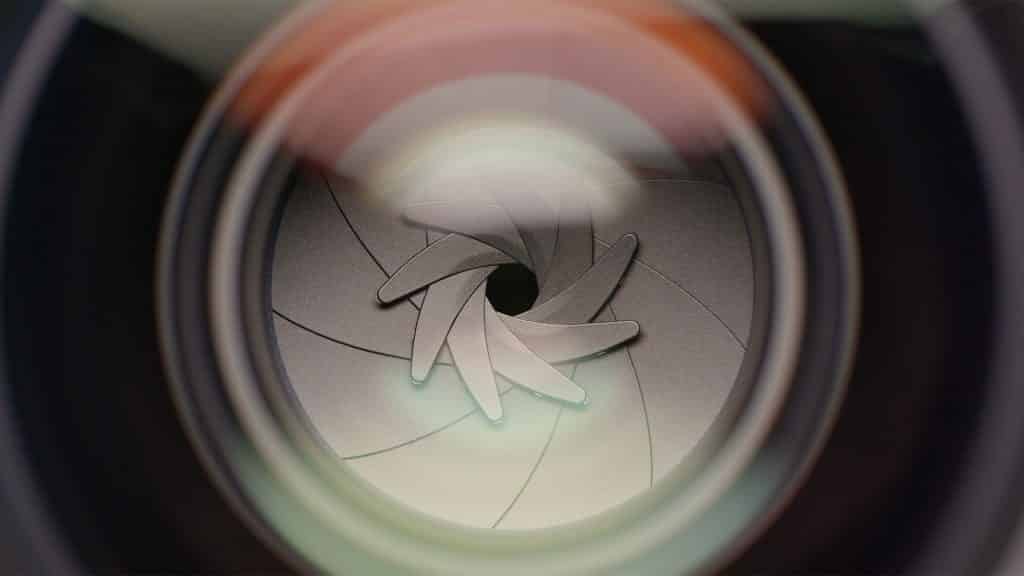Often associated with being bold and vibrant, the fuchsia color truly has a lot of meaning behind it.
In fact, this hue is often related to mental and physical healing properties.
Read on to learn more about what fuchsia color represents in terms of psychology and meaning.

Fuchsia color psychology
The fuchsia color, with its vibrant and striking hue, is known to evoke intense emotional responses in those who perceive it. Color psychology reveals that these reactions, while predominantly psychological in nature, also have scientific backing.
Recent research corroborates that fuchsia is often associated with feelings of passion and energy. This emotional connection makes it a favorite choice for brands looking to infuse a sense of excitement or enthusiasm in their customers.
Moreover, this color can be especially relevant in the field of advertising and marketing, where the desire to capture the audience’s attention and evoke strong emotional responses is crucial.
In addition to the meaning of the fuchsia color linked to passion and energy, studies suggest a relationship between this hue and creativity and innovation.
This link makes fuchsia a preferred color choice for artists, inventors, and entrepreneurs, who can use it to symbolize and stimulate original thinking and innovative ideas.
Therefore, the symbolism of the fuchsia color encompasses a range of emotions and concepts that can adapt to various situations and contexts.
From creating a feeling of excitement in an event or product, to inciting creativity in a workspace, fuchsia may be the color you need to evoke a specific mood or inspire a particular emotional response in your audience.
In short, understanding the psychology of fuchsia color and its symbolism is essential for those looking to effectively use this color in their brand or communications.
Whether to provoke strong emotions, inspire creativity, or simply draw attention, fuchsia is a powerful and versatile color with a wide range of possible applications.
Psychological meanings of the fuchsia color
- Emotion.
- Adventure.
- Passion.
- Romance.
- Mystery.
- Intrigue.
- Creativity.
- Imagination.
- Confidence.
- Power.
What does it mean in other cultures?
The fuchsia color, with its vibrant and bold hue, has different meanings and symbols that vary according to cultures.
In Western culture, the psychology of the fuchsia color tends to be associated with femininity and romantic love. This association seems to have been rooted from its use in wedding decorations, where it is used to symbolize grace and elegance, bringing a touch of passion and warmth to the ceremony.
However, the meaning of the fuchsia color transcends borders and acquires new interpretations in other cultures around the world.
In India, this vibrant and bold color is closely associated with wealth and prosperity, being a prominent element in festivities and celebrations for its ability to evoke a feeling of abundance.
On the other hand, in China, the symbolism of the fuchsia color is different. It is believed that this hue attracts good fortune and longevity, making it a frequent color in festive events and auspicious rituals.
Regardless of its cultural meaning, fuchsia remains a universally appreciated color that represents beauty, vitality, and happiness.
Its vibrant hue invokes strong and stimulating emotions, making it a popular choice to evoke feelings of joy, energy, and enthusiasm.
In summary, understanding the psychology of fuchsia color, its meaning, and symbolism in different cultures, can be a valuable tool for its use in design, marketing, and any other field seeking to communicate and evoke emotions through color.
Fuchsia, with its rich palette of meanings, offers versatility and depth that can enrich any visual narrative.
Fuchsia color in marketing and advertising

The fuchsia color, with its boldness and liveliness, has been gaining ground in the world of marketing and advertising.
This vibrant hue, known for its ability to capture attention, has become indispensable for highlighting important messages and attracting consumer’s gaze.
The psychology of fuchsia color indicates that its use can awaken specific emotions, such as youth, modernity, and creativity, thus enriching the interaction with customers.
The adoption of fuchsia in companies’ advertising strategies is becoming increasingly frequent.
This color, whether on the web or printed on a product’s packaging, stands out for its ability to attract attention and generate interest. In this sense, the meaning of fuchsia color in marketing and advertising can help a brand or product stand out among the crowd.
But fuchsia not only attracts attention due to its intensity. This color also conveys a feeling of innovation and freshness.
The symbolism of fuchsia color can communicate an image of cutting-edge and originality, making it an excellent choice for brands wishing to position themselves as leaders in creativity and innovation.
Therefore, if you want your business to stand out and be remembered, consider the possibility of incorporating fuchsia into your marketing materials. Whether you use it in your logo, in your website’s color palette, or in the presentation of your products, fuchsia is a hue that will surely capture attention and leave a lasting impression.

Conclusion about the meaning of fuchsia color
Fuchsia color is a hue that captures attention and can be used to evoke a variety of feelings, ideas, and emotions in those who observe it.
The psychology of fuchsia color teaches us that this vibrant and bold hue can incite emotions of passion, energy, and creativity, making it a powerful color for any marketing or advertising strategy.
However, it’s important to consider how fuchsia will be interpreted in different cultures before using it in marketing or advertising materials.
Fortunately, there are many ways to employ the power of fuchsia without crossing any cultural barriers. Through a deep understanding of fuchsia color symbolism and a creative and considerate use of this hue, your business can leverage its charm and appeal.








